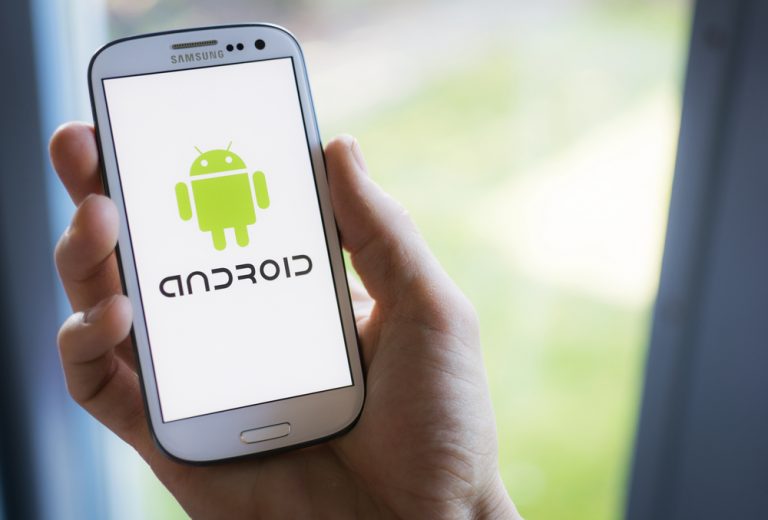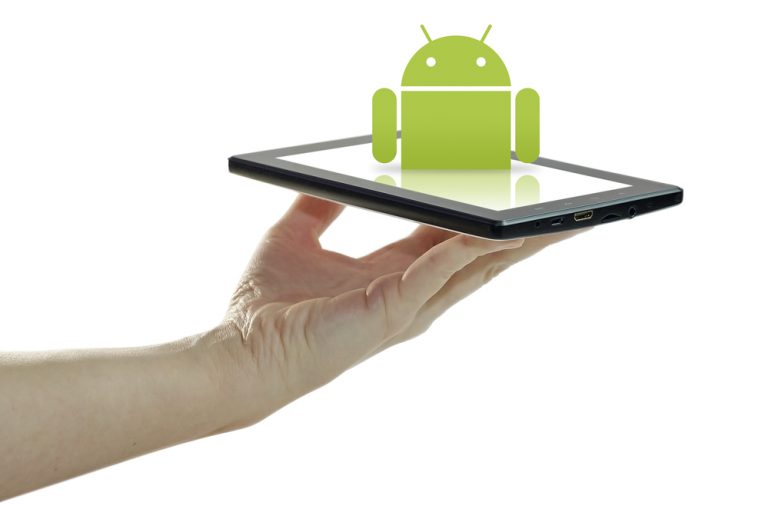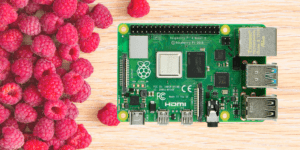Spis treści:
The Android system is firmly established in the world of mobile devices, but it is equally successful in the field of Smart TV applications – today, thanks to “smart attachments” such as Google Chromecast, Android TV functions may be available not only on TV sets with pre-installed Android, but also on all receiver models equipped with at least one HDMI input. In the minicomputer market, Android is far less popular, but you can find perfectly working instances of it here too.
Android minicomputer – Raspberry Pi a’la smartphone
Installing Android on the iconic Raspberry is supported by a number of issues, including, above all, the enormous popularity of this operating system (even despite numerous accusations of IT security and questionable privacy). This makes it difficult to find a person who has not had at least one contact with a device working under the control of Android. You do not have to look far, there is a good chance that such a device is now in your pocket, because most smartphones are equipped with this operating system.
Both the intuitive user interface, the simplicity of installing functional applications provided by developers from all over the world and the strong support for multimedia playback make Android the perfect choice for the Raspberry Pi minicomputer, designed to work as a personal computer or… a home multimedia entertainment centre.
Another advantage supporting the use of Android is the optimisation of this system for operation with touch screens – therefore the marriage of “Raspberry” with this record-breaking operating system will be perfect for embedded systems, where the use of a mouse would be associated with numerous difficulties or would even be completely impossible, e.g. due to the conditions of use of the device.
LineageOS 18.1 and 19.0, or… the raspberry Android
LineageOS versions 18.1 and 19.0 are nothing more than a specially developed Android distribution for Raspberry Pi 4, being an heir to a previously developed distribution called CyanogenMod. For the record, the “mainstream” LineageOS for Raspberry Pi is based on the seventh generation of Android (7.x), while our proposed LineageOS 18.1 edition is a completely independent project developed by a user called KonstaKANG and based on Android 11 (while version 19.0 “under the hood” has Android 12, the latest at the time of writing this article).
Very importantly, installing the system is as easy as it is for other operating systems for the Raspberry Pi (such as Raspberry Pi OS). The system image needs to be downloaded to another computer from the developer’s website. The downloaded file then needs to be unzipped and “burned” to a microSD card using one of the programs used for this purpose – Etcher, for example, is highly recommended.
Once you’ve finished copying and verifying files, it’s a good idea to expand the partition to give the system access to all the free space on the card – for Linux users, GParted is the first choice. Once the card is ready, safely remove it (using the system’s eject external memory command) and you’re ready to boot up your minicomputer. Additional Google applications – such as Gmail and Maps – can be easily installed using the OpenGApps package.
Hardware compatibility
LineageOS is highly compatible with the peripherals of the Raspberry Pi minicomputer. “The Raspberry edition of Android works seamlessly with the built-in audio subsystem (both via HDMI and a 3.5mm jack socket), Bluetooth and WiFi interfaces, Ethernet port or official camera modules compatible with the RPi. What’s more, the system also works perfectly with numerous overlays (e.g. HiFiBerry DAC+ series audio extensions), real-time clocks, integrated infrared receivers and even numerous I2C sensors.
Moreover, LineageOS also handles GPIO lines, SPI interface and serial console via UART. Of course, there is also support for touch screens (including Multitouch) and even a graphics accelerator – the only drawback of using Raspberry Android is the problem with support for hardware decoding and encoding of video streams, but this inconvenience can be compensated for by software decoders and multimedia encoders.
How useful was this post?
Click on a star to rate it!
Average rating 5 / 5. Vote count: 2
No votes so far! Be the first to rate this post.






